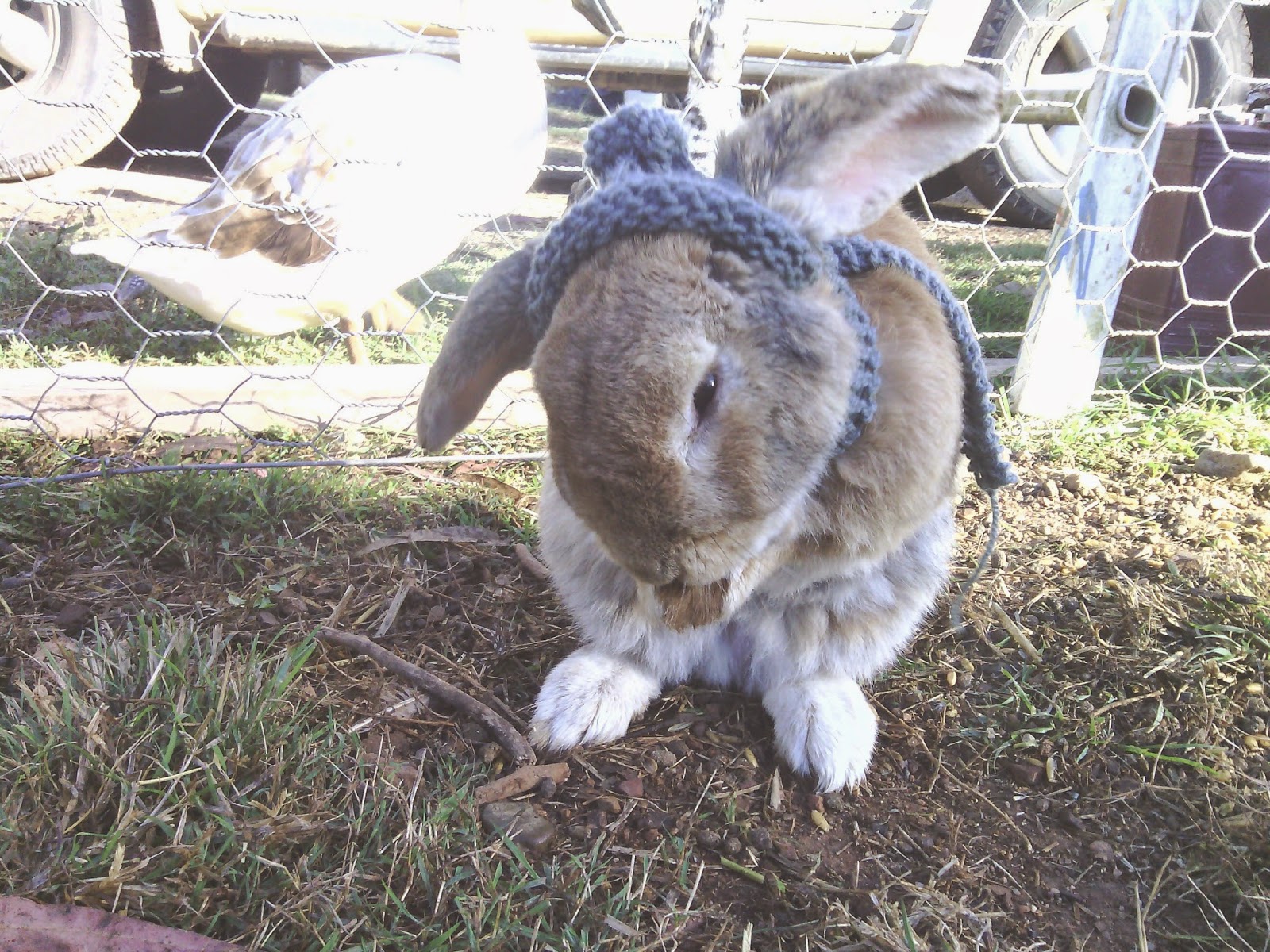A few weeks ago a friend gave me the huge gift of a Singer 201 treadle sewing machine. I am not a sew-er (yet) but I have fallen in love with these old sewing machines. They are such well made machines (how many cars are still going after almost eighty years?) and they have a certain grace and beauty about them. I restored one for myself several years ago, then one for my youngest daughter last year (she likes to sew). Now I have a new project to play with.
First some background.......
Singer sewing machines in general.
The 201-1 specifically
The cabinet (model 46)
Finding her age and place of birth.....
Her serial number is; EC664342.
The SingerCo site says she was made on
6th March, 1940 in
Clydebank, Scotland, making her 74 years old this year.
How to refurbish the old girl.......
A very useful blog
Another useful blog with detailed pictures
A great source of parts for all sorts of sewing machines
My first move was to oil all the inner workings with 5 in 1 oil (Singer oil is better, but I didn't have any), this let me feel where the sticky bits are as I turn the wheel and treadle the peddle (so to speak). I also wiped the old girl down with a rag and 5 in 1 oil to start the cleaning process.
She was in fairly good shape; just needing a spray of kerosene in the inner workings to ungum all the moving parts. Basically I squirt kerosene into all the oil holes, remove the face plate and inspection plate then squirt some kerosene in there too and drip some around any moving parts. After sitting like this overnight I wipe her all down with clean rags, take off any bits that still look grotty and scrub them with an old toothbrush (and kerosene of course).
The next step is replacing any worn parts; she only needed a new bobbin winder ring, drive belt and some new needles and bobbins.
Last of all is the fiddly bits; cleaning and calibrating the tension assemblies. The upper tension needed new thread take up and beehive springs (don't you love the names of these parts). I took it apart very carefully and laid each part out in order so I wouldn't get confused. I cleaned all the bits and replaced the worn parts with new ones in the line up. Then I put it all back together again, as indicated by the
handy tutorial.
Of course it didn't work... after a few dozen more tries and an hour poring over the tutorial, I finally realised that I had the tension indicator on back to front (the thing with the plus and minus signs on it). After that it was plain sailing.
The lower tension/bobbin case area was easy to take apart and clean. I just followed the
tutorial (a different one this time) and cleaned her up, there was a lot of dirt and lint in there.
 |
| The upper tension unit removed, look at all that dirt. |
 |
| The bits that make up the upper tension assembly, hope I can put it back together. |
 |
| The lower tension assembly with the bobbin case removed |
 |
| The bobbin case and feed dogs, all in need of a clean |
The next step is to try her out, I thought I would make a new peg bag. Then I will set her all up with;
A users manual
a pincushion and pins
spare bobbins
spare needles
a cleaning brush
a bottle of 5 in 1 oil
spare reels of black and white cotton
a tailors measuring tape
And most importantly...a name. I am thinking Daisy (what do you think?)
I plan to sell the old girl on to someone who will love her and use her to make beautiful things.
How much is she worth?













































